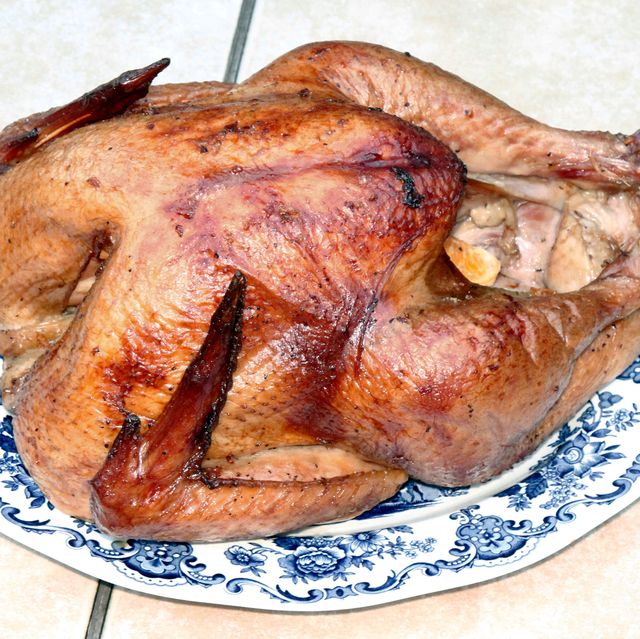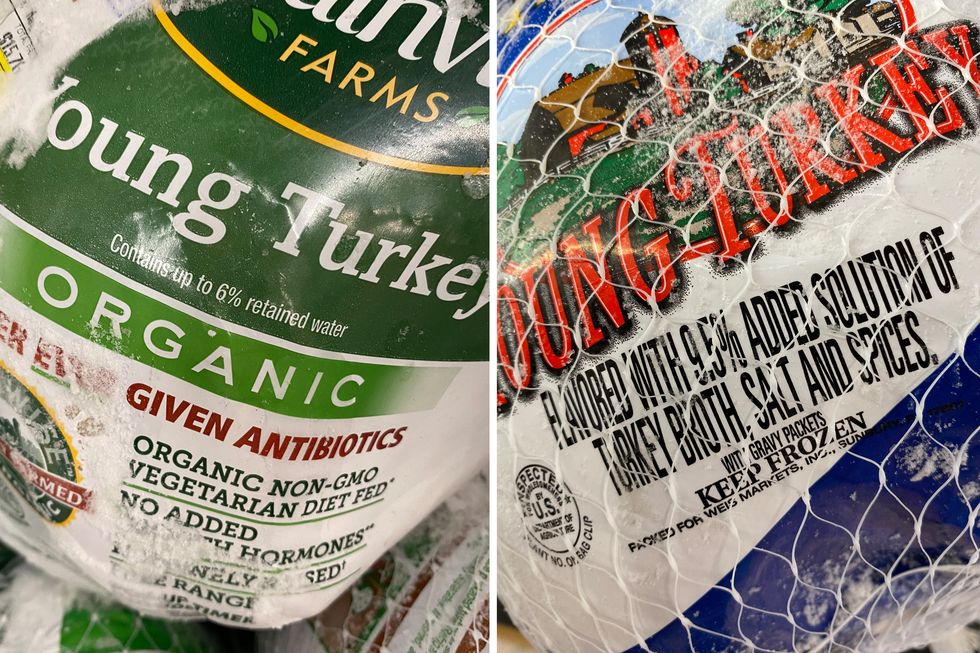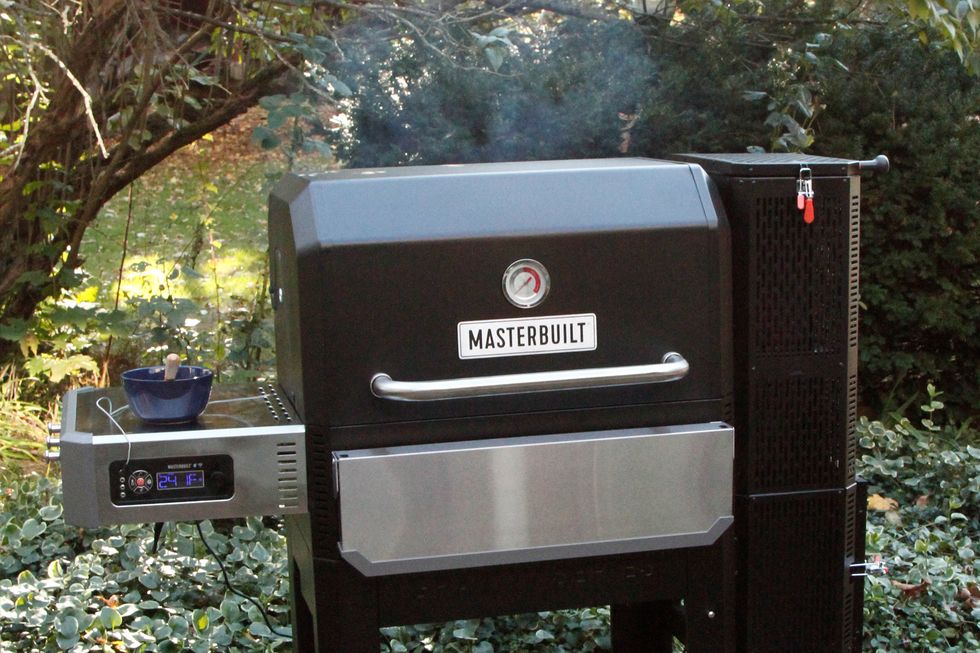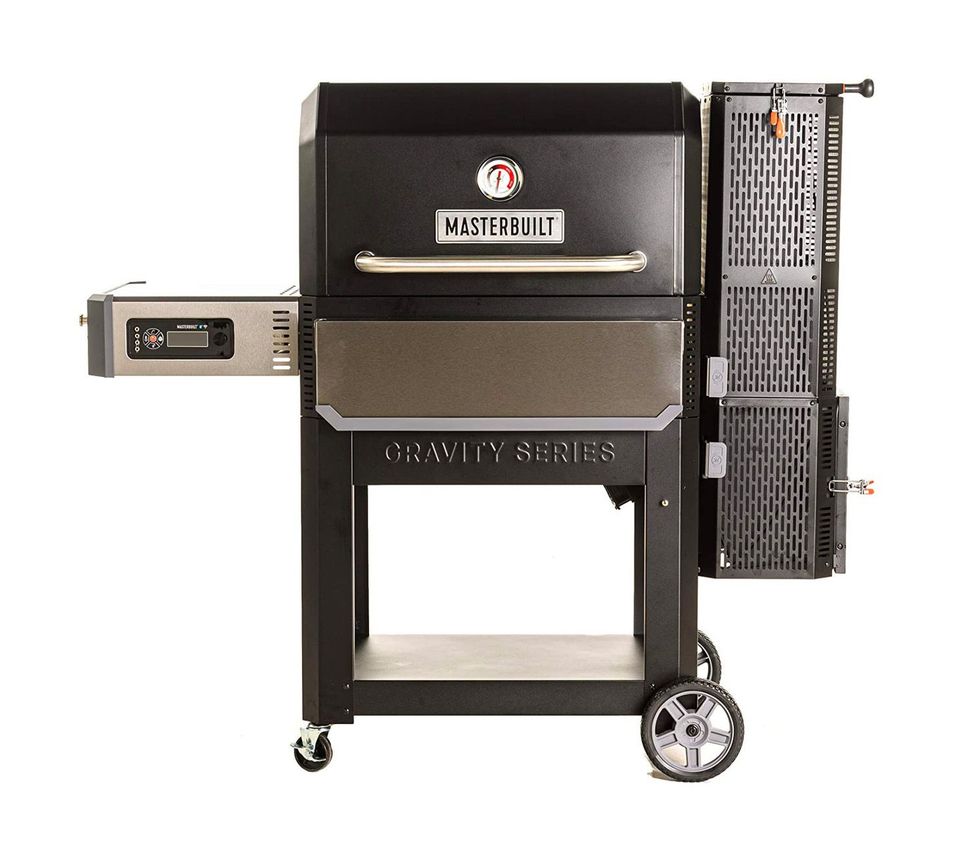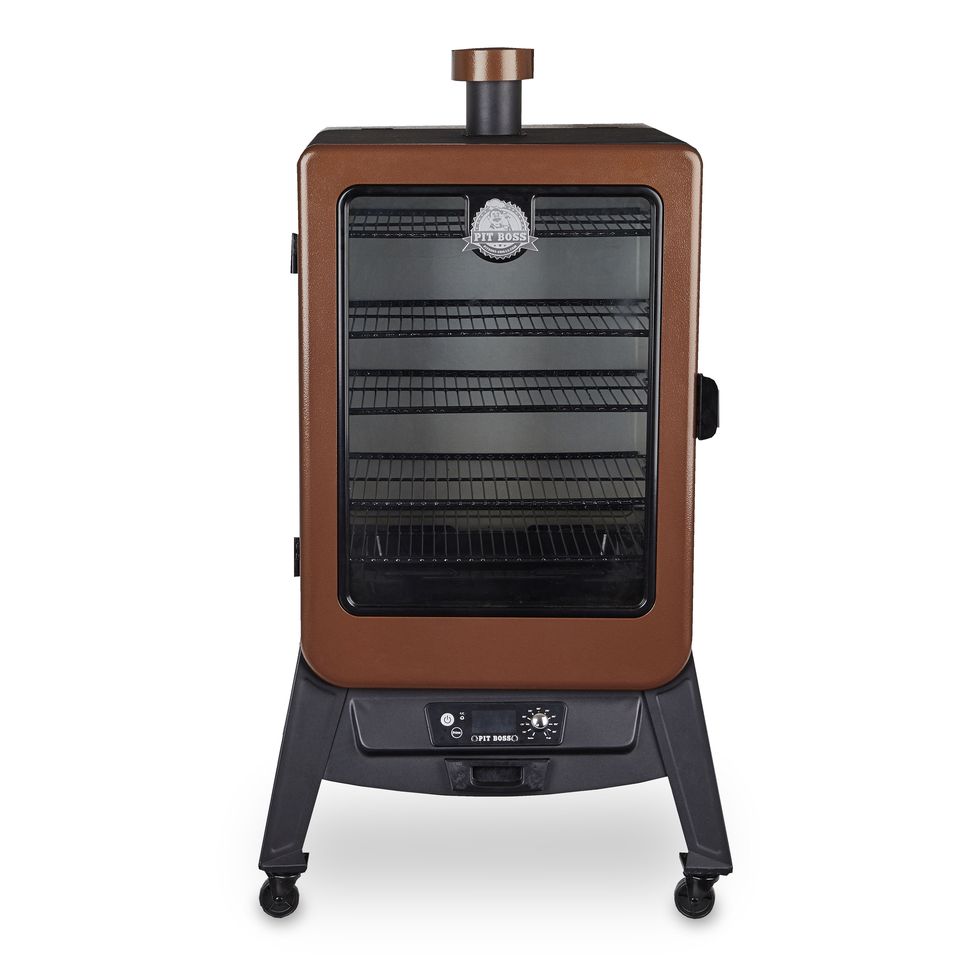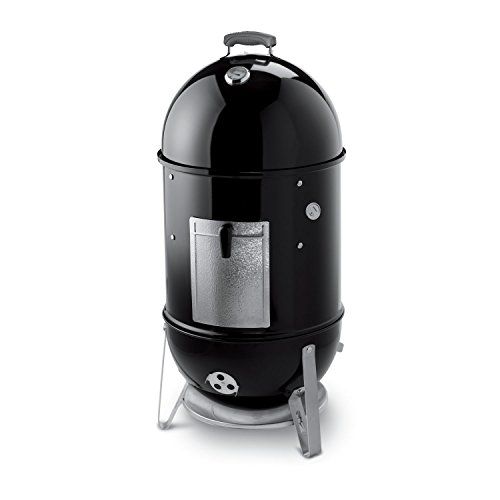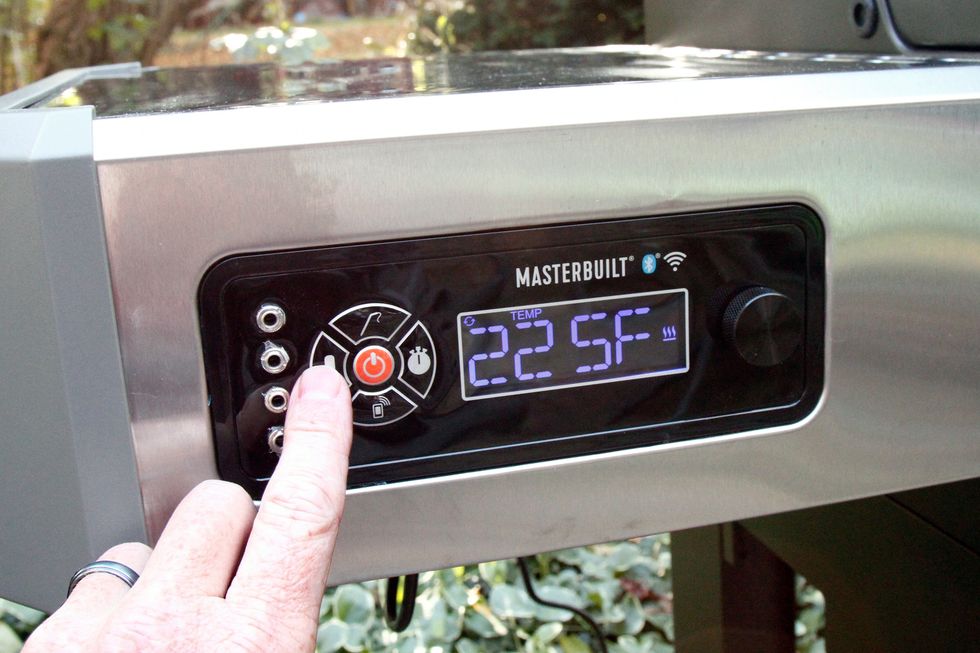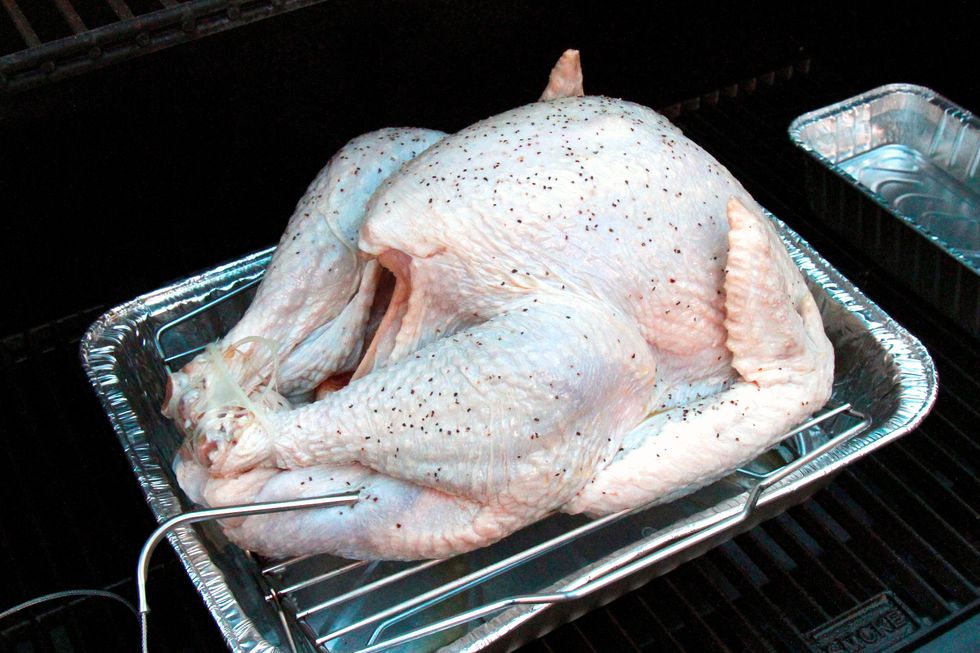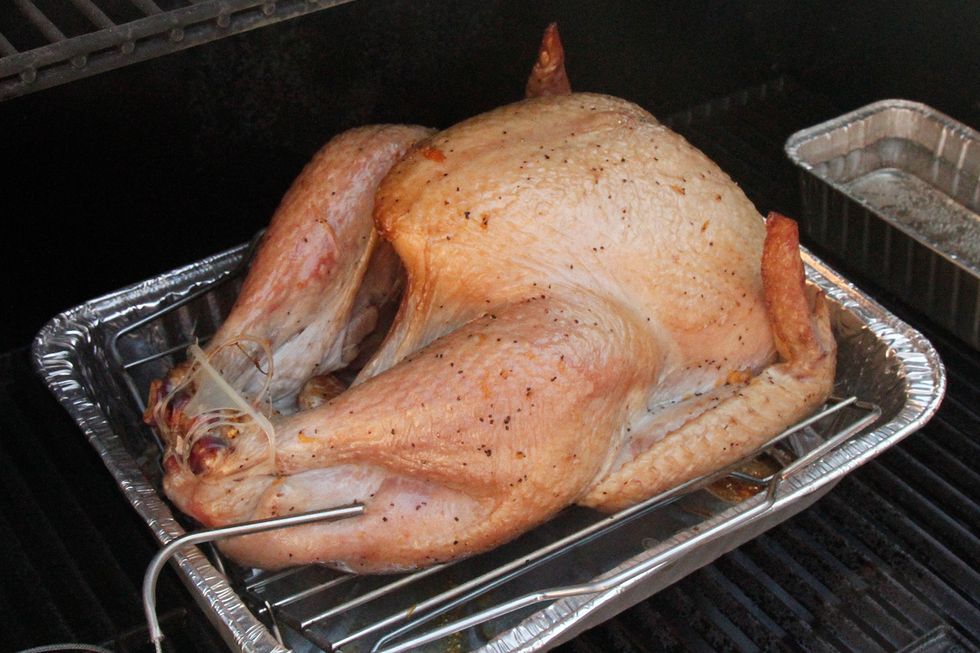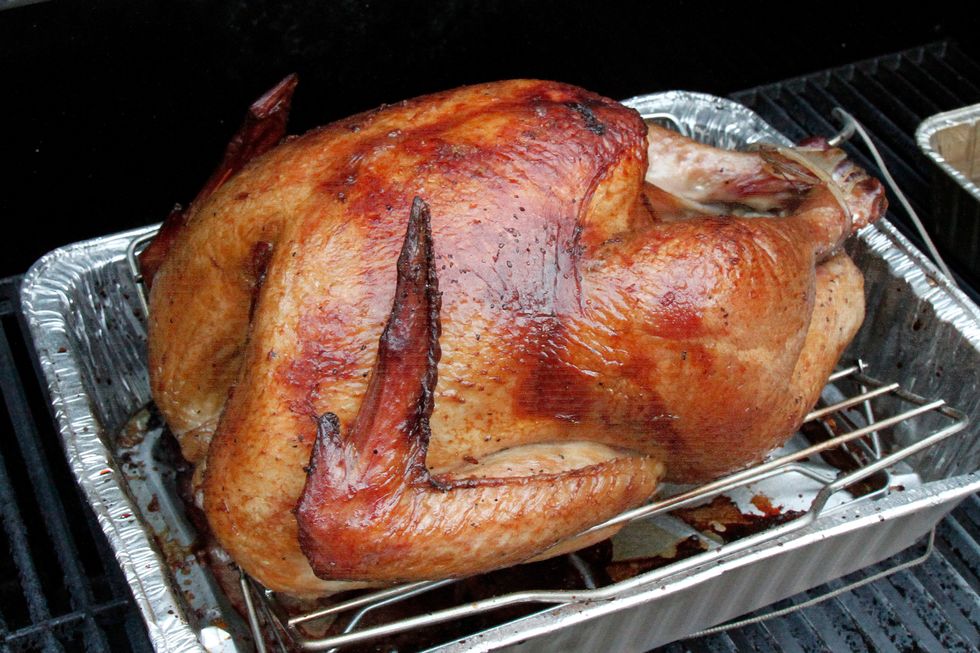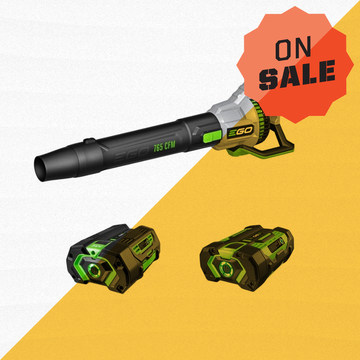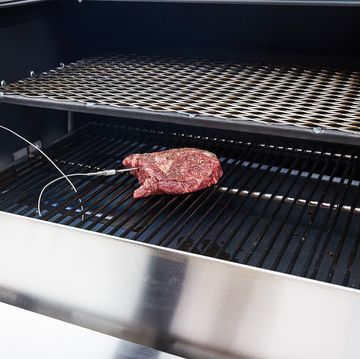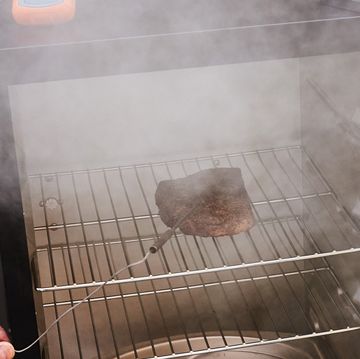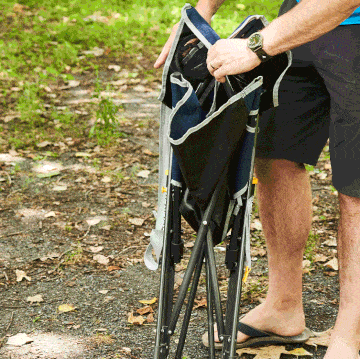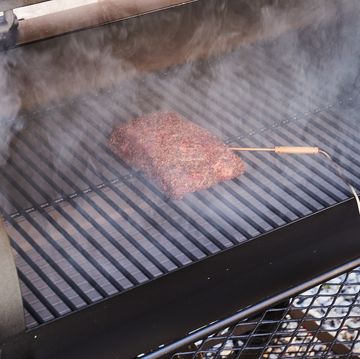If you’ve ever considered smoking your holiday turkey but were intimidated with the process, this article’s for you. And even if you haven’t, you should—smoking imparts sweet and savory flavors. We’ve done the research, tested the process, and enjoyed the fruits (or meats) of our labor, all so we can share everything you need to know in order to get it right this Thanksgiving. There’s nothing difficult about it; smoking is just cooking with low heat over an extended time.
We’ll walk through the whole process, but here’s what you need to know to get started planning your feast:
- Smoking takes about 30 minutes per pound of turkey
- Smoke your turkey between 225 and 250 degrees F
- When the temperature in the thickest part of the thigh hits 165 degrees F, it’s done
- A turkey of 10-13 pounds is an ideal size for smoking
Caution: Why a 10-13 pound bird? Well, food safety. A bigger turkey takes longer to cook, and it’s good—for your digestive health—to make sure your bird only stays under 140 degrees F for less than four hours. A heavier bird could take longer than that to cook, and at that point you run the risk of bad things, like Salmonella, growing in it. If you normally get a 20-pound turkey to feed your guests, you can smoke two smaller birds instead, permitting your smoker is big enough.
🍗 Want to become a home-appliance power user? Come learn how with us.
Choosing a Turkey: Fresh or Frozen
Important decisions require careful considerations—frozen turkeys are usually injected with seasoning to help keep the meat moist and flavorful. But frozen ones labeled all-natural or organic will most likely not be injected with anything. If in doubt, just check the label for ingredients.
A fresh, unseasoned turkey will make the cleanest canvas for your culinary masterpiece. We chose a frozen, all natural, 12-pound one for our test.
About Brining
Brining involves soaking your bird in a seasoned saline solution for up to 48 hours, depending on the recipe. The salt in the brine will soak into the turkey and help keep the meat moist, as well as break down some of the proteins for tenderness.
If you bought a frozen turkey injected with seasoning, you won’t need to brine it. The seasoning will essentially act as a brine.
We wanted to go sweet and savory with our turkey, so this is what we used to brine our bird:
- 6 quarts water
- 2 cups apple cider
- 3⁄4 cup of kosher salt (1⁄2 cup if you use table salt)
- 2 tablespoons freshly ground peppercorns
- 2 cloves of garlic, crushed
- 3⁄4 cup of brown sugar
- peels from 2 oranges
Brining is pretty simple. We just dumped all the ingredients in a big pot, turned the heat on the stove to high, and stirred until all the salt and sugar dissolved. Once that mixture cooled completely, we submerged the thawed turkey (follow the directions on the label for thawing) in the pot with the brine. We left the turkey in the brine, refrigerated overnight, for about 14 hours.
Now, you could use any brine recipe you want or none at all. In fact, you could prepare your turkey just as you do for cooking in the oven, but brining will give you a moister, juicier bird. As long as you keep the smoker temperature between 225 and 250 degrees F and you smoke to the internal temp of 165, you will be fine.
The Type of Smoker You Should Use
Any smoker that you can maintain at 225 to 250 degrees F will work. Traditional charcoal offset or vertical smokers can do a great job, with the appropriate heat and ample smoke, but they require more experience to work. We’ve found pellet grill/smokers to be good options because we’re able to set them to a specific temperature, just like an oven, and they require less attention to achieve the desired result.
We used the best-of-both-worlds Masterbuilt Gravity Series 1050 Digital Charcoal Grill and Smoker because, like a pellet smoker, it has a thermostat and a fan to maintain a constant temperature but runs on charcoal. Previously, we tested Masterbuilt’s smaller 560 Digital Grill and Smoker (which has the same technology) and were impressed by its ability to simplify cooking with charcoal, cutting out both time and complication. So we were confident the 1050 would work well for us stocked with medium-size natural lump charcoal. To create more smoke, we used apple wood chips soaked in water, which we threw in with the ash and embers in the bottom of the smoker.
Preparing the Turkey
When we were ready to start, we removed the turkey from the brine and patted it dry with paper towels. You don’t want to stuff the turkey, because it will prevent the bird from cooking evenly. We tossed about half an apple (sliced thinly) and half an orange (sectioned) in the bottom of the body cavity, which adds some seasoning while allowing the heated air/smoke to circulate inside. Lastly, we rubbed the turkey down with olive oil then sprinkled it with kosher salt and freshly ground peppercorns.
Preparing the Smoker
Preheat the smoker to the desired temperature—for us that meant lighting the charcoal and setting the thermostat to 225 degrees F. While that was heating up, we placed a small pan of water in the grill to raise the humidity and help keep the turkey from getting dry. The Masterbuilt 1050 comes with a meat probe, which we stabbed into the turkey thigh so we could monitor the temperature. Finally, we placed a foil pan with a wire rack on the grill to catch drippings, keep the turkey off the bottom, and allow heated air and smoke to circulate around it.
Smoking the Turkey
The very last step—before watching, monitoring, and waiting—is to place the turkey on the rack and insert the meat probe. You can skip the foil pan if you want the turkey right on the grill or smoker grates—it will let more smoke “hit” the turkey and will likely yield darker skin. But we like the pan for how it catches the drippings and keeps the grill clean.
Watch the temperatures—both the on the smoker and the meat probe. Keep the smoker temperature pretty steady; the Masterbuilt 1050 hovered between 225 and 240 degrees F without much intervention from us, other than when we topped up the charcoal hopper once. Note that opening the smoker and peeking often lets out all the heat and will extend the time it takes to finish smoking the turkey. The meat probe temp should climb steadily throughout the process—when it hits 165 degrees F, probe another couple of spots where the meat is thick to be sure it’s completely done.
When it is, let the turkey rest for 30 minutes or so before carving. This allows all the juices time to reabsorb and settle in. During cooking, they can push out of the meat and pool under the skin—carve the bird too soon, and they all run out, leaving you with a dry turkey.
That should be it. If you’ve followed along, you should now be able to sit down, enjoy a fantastic meal, and impress friends and family.
Brad Ford has spent most of his life using tools to fix, build, or make things. Growing up he worked on a farm, where he learned to weld, repair, and paint equipment. From the farm he went to work at a classic car dealer, repairing and servicing Rolls Royces, Bentleys, and Jaguars. Today, when he's not testing tools or writing for Popular Mechanics, he's busy keeping up with the projects at his old farmhouse in eastern Pennsylvania.
